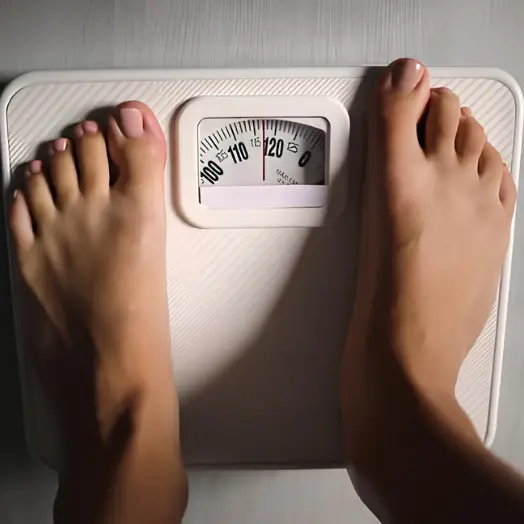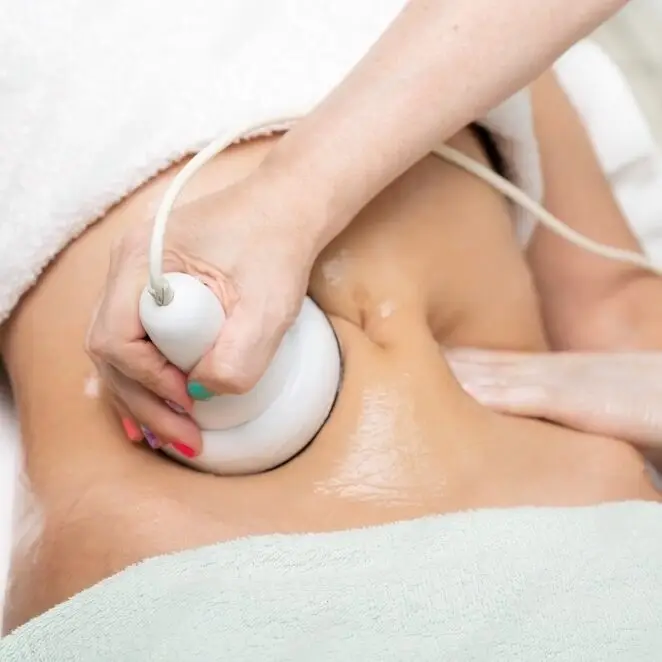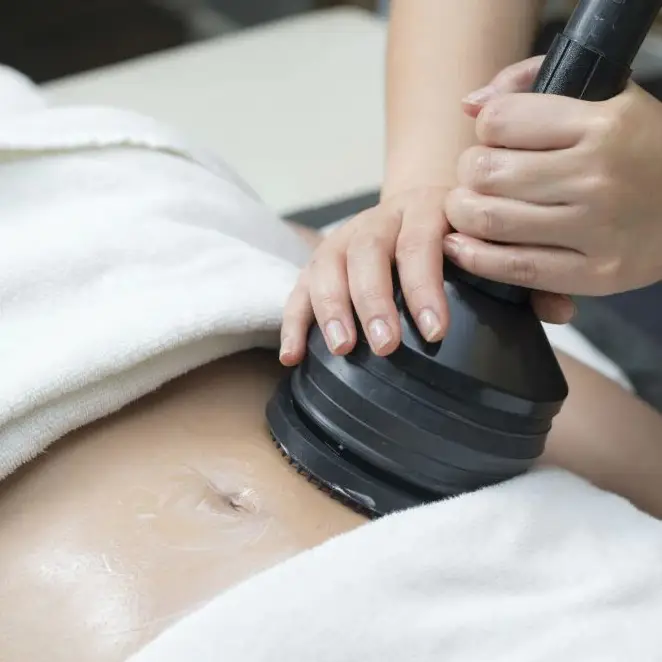GCF Alopecia / Baldness
Select A Treatment

FUE

GFC

BioGFC Hair Transplant
Alopecia / Baldness
GFC (Growth Factor Concentrate) Hair Transplant involves injecting Growth Factor Concentrate into the scalp at the time of incision, during hair transplant. GFC is a cocktail of Growth Factors and polypeptides.
This improves the overall outcome of the transplant and expedites healing.
Salient Features

Increases Longevity Of The Transplanted Hair

Fastens Healing Of The Scalp

Increases Hair Thickness

Strengthens Transplanted Hair Follicles
Our GCF Program
Step 1: Consultation
Step 2: Designing a hairline
Step 3: Preparation
Step 4: Anaesthesia
Step 5: Extraction of Hair Follicles
Step 6: Preparation of Recipient Sites
Step 7: Placement of Hair Follicles
Step 8: Post-operative Care
Step 9: Healing and Recovery
FAQ's
Different factors will affect whether or not someone is a good candidate for hair loss surgery.
These factors include:
Donor Area Quality: The quality and density of hair in the donor area (typically the back or sides of the scalp) determine the success of the transplant. An adequate donor area with robust, healthy hair follicles is essential.
Expectations: Realistic expectations are vital. Candidates should have a clear understanding of what a hair transplant can and cannot achieve. It’s essential to understand that it might not restore a full head of hair but can improve the appearance of thinning areas.
Overall Health: Good overall health is essential for any surgical procedure. Candidates should be in good physical and mental health, without any underlying medical conditions that might interfere with the surgery or healing process.
Extent of Hair Loss: Hair transplant candidates should have a stable donor area with adequate healthy hair follicles available for transplantation. Those in advanced stages of hair loss might not have sufficient donor hair for an effective transplant.
Rest assured, our doctors will evaluate the extent of your hair loss and suggest a line of treatment customised for you.
Scalp Condition: The scalp’s condition, such as the presence of any scalp diseases or infections, is crucial. A healthy scalp ensures better healing and successful transplantation.
A hair graft can be simply explained as a single follicular unit. Each hair graft may contain several hair follicles. These units are extremely important in hair transplant procedures because modern hair transplant techniques involve transplanting individual hair grafts.
We apply a good amount of local anaesthetic prior to your procedure, so while there may be a tiny amount of pain initially, it is unlikely you will feel anything after that, during the procedure.
Depending on the type of procedure you have done and the type of work you do, it is often possible to go back to work the next day. Normally, a week’s rest is recommended.
